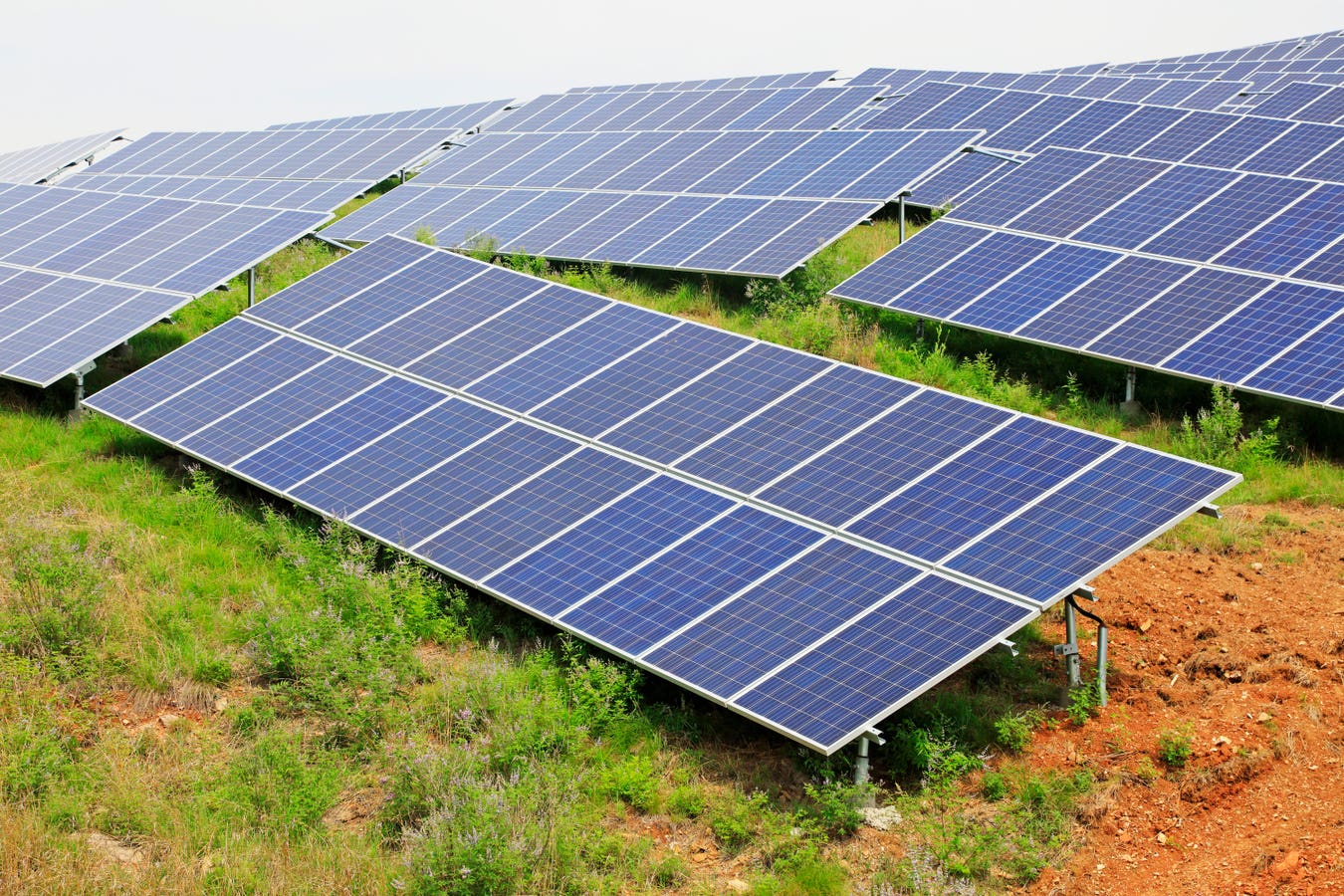Previously I have written about the importance of the healthcare, resource transformation, food and beverage, consumption, and extractives & minerals processing sectors to the 17 Sustainable Development Goals (SDGs). The underlying data for that blog are based on a paper “The Relationship Between Investor Materiality and the Sustainable Development Goals: A Methodological Framework” that I wrote with Professors Gianni Betti and Costanza Consolandi of the University of Siena. A summary of our methodology is provided in my healthcare post. In brief, we mapped the 26 material environmental, social, and governance (ESG) issues (organized in terms of the categories environment, social capital, human capital, business model and innovation, and leadership and governance) in all 77 industries organized into 11 sectors, developed by the Sustainability Accounting Standards Board (SASB), to the 169 targets of the SDGs. Mapping these issues to the SDGs’ targets enabled us to assess how each industry is creating or destroying value for society while focusing on those ESG issues that create value for shareholders. Based on this mapping we created an index that ranges from 0 to 100.
In this post I will analyze the importance of the renewable resources and alternative energy sector. It’s overall score is 23.8—compared to 36.0 for food and beverage, 32.6 for healthcare, 30.4 for extractives and mineral processing, and 28.4 for resource transformation, and 20.1 for consumption—putting it the low end of the sectors I have written about so far. There is variation with this sector of eight industries. On the high end are solar energy (38.2) and biofuels (30.8). In descending order after that are pulp and paper products (24.4), wind energy (18.3), fuel cells and industrial batteries (17.0), and forestry and logging (14.3).
This sector has its highest impact on four SDG, all at about the same level: #11 (Sustainable Cities and Communities-31.6 [six of seven targets]), #12 (Responsible Consumption and Production-35.5 [four of eight]), #14 (Life Below Water-35.8 [seven of seven]), and #15 (Life On Land-32.5 [six of nine]). The ESG issues of water and wastewater management and biodiversity impacts in the category of environment are important for all of these SDGs, as is supply chain management in the category of business ethics and transparency of payments. Accident and safety management (leadership and governance) is relevant to all of these SDGs except for #11. The SDGs for which this sector has the least impact are #1 (No Poverty-10.6), #4 (Quality Education-0.0), and #10 (Reduced Inequalities-9.9).
Solar energy has a much higher impact on the four SDGs than the average for the sector: 73.7 for #11, 54.8 for #12, 65.0 for #14, and 51.2 for #15. It also has a high impact on #6 (Clean Water and Sanitation-60.6 [six of six targets]). Four (energy management, water & wastewater management, waste and hazardous materials management, and biodiversity impacts) of SASB’s seven environmental issues are relevant to 11 SDGs. Not relevant given the technology of this industry are GHG emissions, air quality, and fuel management. Life cycle impacts of products and services (business model and innovation) is also relevant to 11 SDGs. Materials sourcing (business ethics and transparency of payments) and access and affordability (social capital) are relevant to eight; human rights and community relations (social capital) are relevant to six. While it might be somewhat surprising to see #6 (Clean Water and Sanitation-60.6 [six of six]) high on the list, this is due to the relevance of water and wastewater management, waste and hazardous materials management, biodiversity impacts, human rights and community relations, and lifecycle impact of products and services on #6 targets such as 6.3 (reducing pollution, eliminating dumping and minimizing release of hazardous materials and chemicals and halving the proportion of untreated wastewater) and 6.5 (implement integrated water resources management at all levels). The World Bank Group has pointed out the strong linkage between solar energy and clean water and sanitation. The SDGs on which this industry has the least impact are #1 (13.6) and #4 (0.0).

aligned group of windmills for renewable electric energy production, Cintruenigo, Navarre, Spain | GETTY
Wind energy is similar to solar energy in sharing SDGs #11 (26.3-four of seven targets), #12 (25.8-four of eight), #14 (30.0-four of seven), and #15 (36.6-six of nine) but has a much lower impact score, 18.3 vs. 38.2. The reason these impact measures are lower is whereas there are four material issues relevant to all four of these SDGs for solar energy (water and wastewater management, waste and hazardous materials management, biodiversity impacts, and lifecycle impact of products and services) there are only two for wind energy (biodiversity impacts and lifecycle impact of products and services). Somewhat surprisingly, the other SDG ranked at the top is #5 (Gender Equality-27.0). This is due to the issue of employee health, safety and well-being (human capital) which is relevant to four of the six targets of this SDG. The lowest ranked SDGs for this industry are #1, #4, and #10 (all at 0.0), #2 (Zero Hunger-10.0), and #16 (Peace, Justice and Strong Institutions-8.7).
SUBSCRIBE TO OUR NEWSLETTER
Subscribe our newsletter to receive the latest news, articles and exclusive podcasts every week


